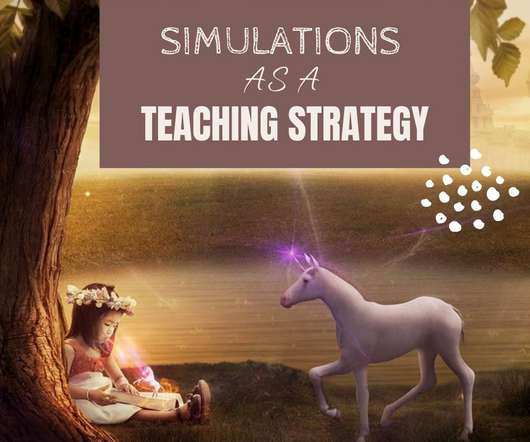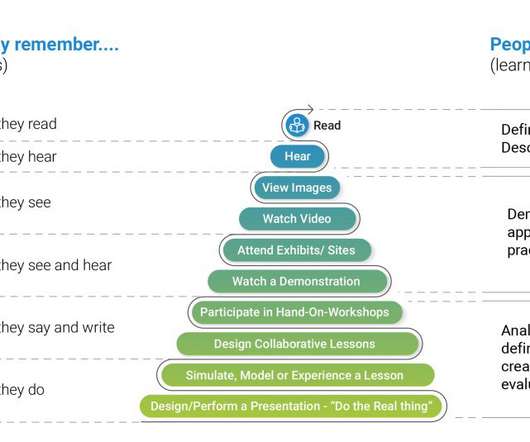Simulations as a Teaching Strategy
Ask a Tech Teacher
FEBRUARY 4, 2022
Simulations and games have grown from rote drills using a computer to challenging learning experiences for students that hone problem-solving and critical thinking skills. This is certainly prominent in the workplace, where some 90% of employees say that gamification makes them better at their job and more productive at work.











Let's personalize your content